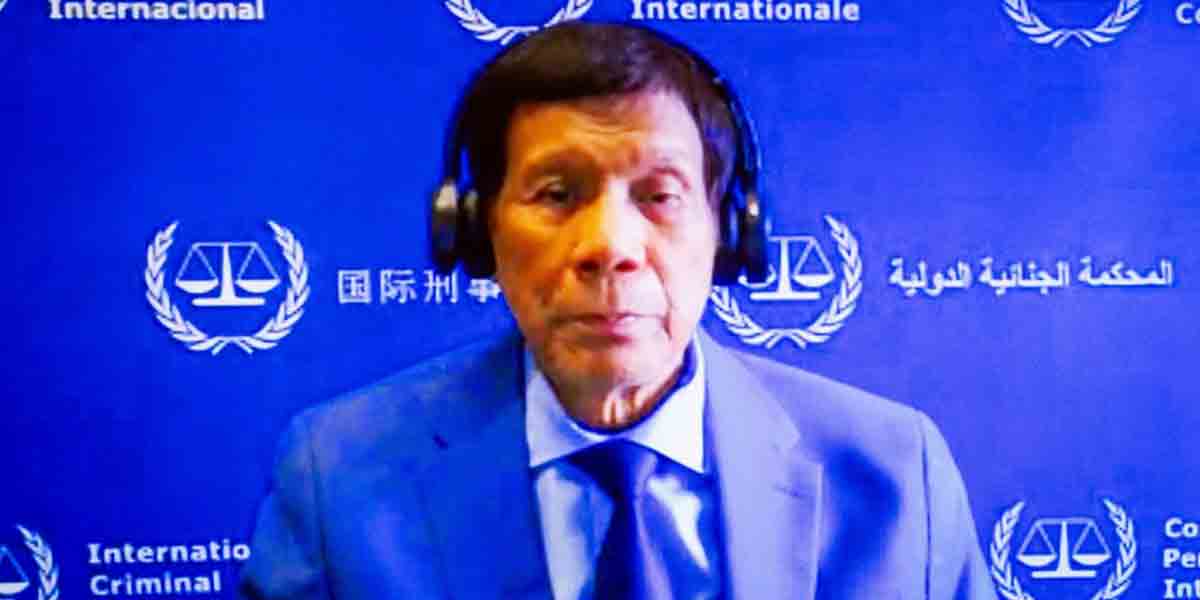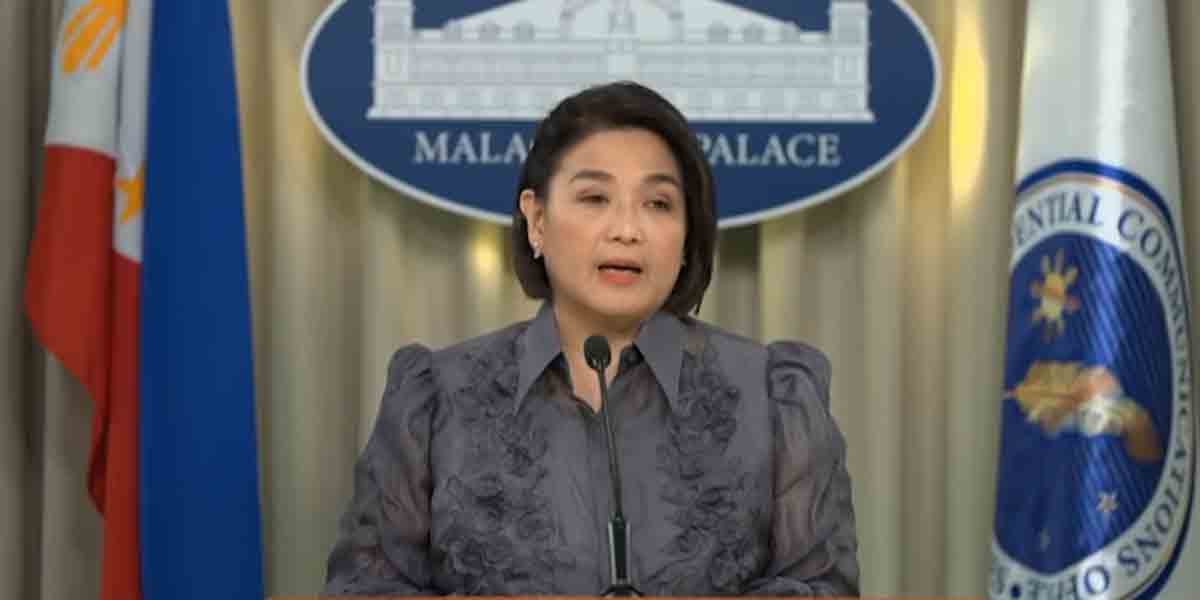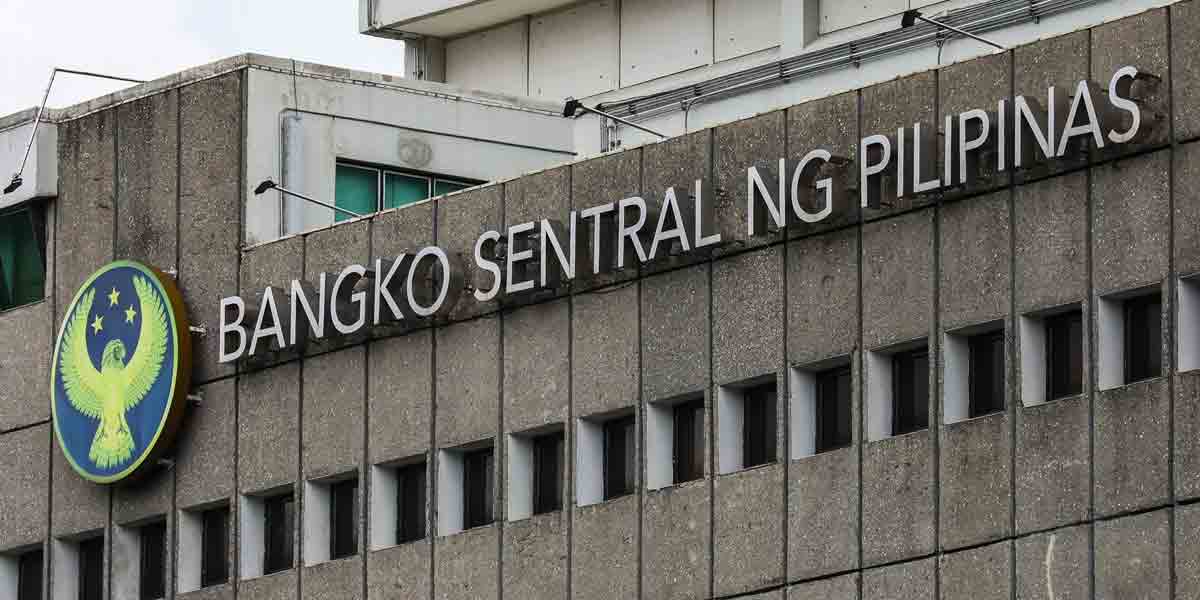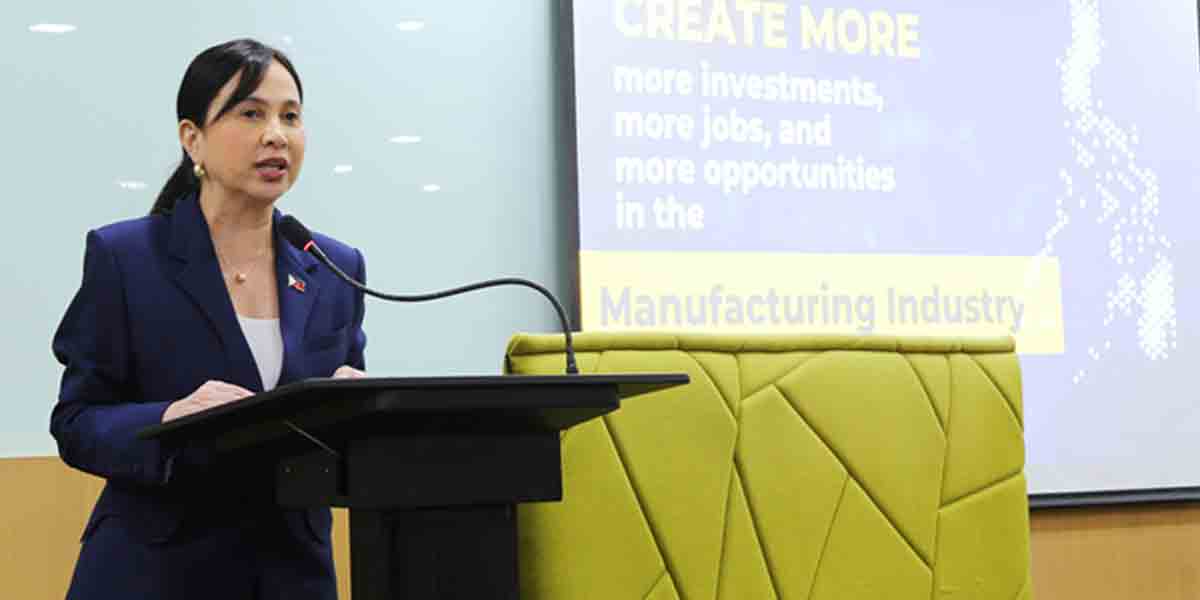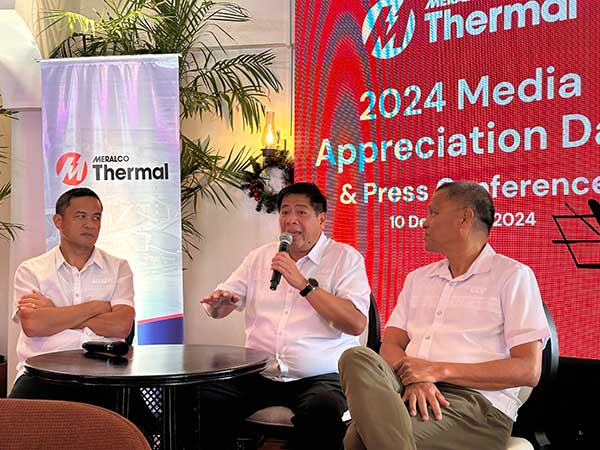
By Francis Allan L. Angelo and Joseph Bernard A. Marzan
Meralco Eyes Small Nuclear Reactors for Energy Mix
Meralco is preparing to integrate small modular reactors (SMRs) into its energy portfolio by the mid-2030s as part of its transition to cleaner energy sources, a company top executive said.
The largest private sector electric distribution utility company in the Philippines has been at the forefront of studying SMRs, the latest technology in nuclear energy, for possible deployment as part of transition from traditional fossil fuels.
The SMR technology is also seen to compliment the transition to renewable energy of Meralco and its power generation arm Meralco Power Generation Corp (MGen).
Jaime Azurin, president of MGen Thermal Energy Corp. (MThermal), a unit under MGen, said Meralco is taking the lead and MGen will defer to its guidance as to how the plan for nuclear energy inclusion will proceed.
Azurin said Meralco has signed a memorandum of agreement with Ultra Safe Nuclear, a U.S. firm developing SMRs, to study potential locations for these facilities in the Philippines.
“SMRs are more suitable for the Philippines because we are an archipelago. The smallest unit is 70 megawatts, unlike conventional nuclear plants that require 600-1,000 megawatts capacity,” Azurin said during a media forum at Amarillo restaurant in Iloilo City on Tuesday.
To prepare for this transition, Meralco is sending its first batch of nuclear engineers to study in the United States and South Korea for four years.
“We’re investing in future education of these engineers to be trained by U.S. and Korean companies known for nuclear technology. Next year, we’ll send a second batch, and this will be yearly,” Azurin explained.
Azurin highlighted that nuclear energy, particularly SMRs, represents a pivotal step in the group’s transition strategy.
Unlike traditional nuclear plants that require large-scale infrastructure, SMRs are compact and modular, making them suitable for the archipelagic setup of the Philippines.
“Small modular reactors are perfect for us,” Azurin explained. “We don’t need the massive 1,000- or 600-megawatt plants that are difficult to locate and maintain. SMRs, due to their size, can serve smaller grids like those in Cebu or Mindanao.”
Meralco is preparing for a mid-2030s rollout of this technology, following pilot projects abroad that are expected to conclude by 2028.
Azurin noted that regulatory frameworks that date back to the 1980s need updating before nuclear power can be implemented in the Philippines.
“We need to modernize our regulations and train our regulators to manage nuclear technology safely. This requires both updated policies and a skilled workforce.”
“Our policies date back to 1986 when the first nuclear power plant was built. We need to modernize our regulations and train our regulators to manage nuclear technology safely.
This requires both updated policies and a skilled workforce,” Azurin said.
To this end, Meralco has entered into an agreement with Ultra Safe Nuclear Corporation and has initiated a scholarship program to train Filipino engineers in the United States and South Korea on nuclear science and SMR operations.
The company’s move toward nuclear energy follows the Philippines-U.S. 123 Agreement, which enables technology transfer and training for nuclear development, though Azurin clarified their initiative is independent of this government-to-government arrangement.
RENEWABLE ENERGY
The company’s nuclear initiative comes amid its PHP200 billion investment in renewable energy, including what it claims will be the world’s largest solar battery facility.
The solar project located in Nueva Ecija and Bulacan will have 3,500 megawatts of capacity and 4,500 megawatt-hours of battery storage, surpassing current global benchmarks of 2,200-2,500 megawatts for solar installations.
Construction will begin with phase one in 2026, comprising 2,500 megawatts of solar and 2,000-3,000 megawatt-hours of battery storage.
“This is a monumental project, not just for the Philippines but globally,” Azurin remarked. “We’re not only increasing capacity but also ensuring energy stability through advanced battery technology.”
Additionally, the company is building 416 megawatts of solar power and plans to add up to 300 megawatts of wind energy in the near future. These projects are part of a broader effort to balance the country’s energy mix, which includes renewable energy, natural gas, and coal.
Despite the push for renewables, Azurin underscored the challenges of replacing baseload power provided by coal and natural gas plants.
“If there is sun, it’s high. If there is no sun, it goes down. We need to balance the energy mix,” he said.
Renewable sources like solar and wind are inherently variable and require battery storage to ensure a stable energy supply.
“Renewable energy cannot replace baseload plants entirely at this stage,” Azurin noted.
“We need a mix of sources. That’s why we continue to invest in gas as a transition fuel while also exploring nuclear.”
He pointed out that the Philippines’ energy reserve margins are thin, leading to frequent yellow and red alerts whenever power plants experience outages.
MGen is working to address this through its ongoing projects and by maintaining existing baseload capacities.
It is currently developing three energy pillars: MThermal for conventional power, Meralco Natural Gas for gas investments, and MGreen for renewable projects.
The company is also constructing 416 megawatts of solar capacity and planning 200-300 megawatts of wind power in the coming months.
Despite a moratorium on new coal plants, MGen continues to operate existing facilities approved before 2020 while expanding its gas operations, including a 1,200-megawatt facility in Batangas.
“In three to four years, MGen could become one of the largest power companies in the Philippines through our balanced portfolio of conventional, transition, and renewable energy sources,” Azurin said.
STRENGTHENING GRID RELIABILITY
Meralco MGen has also been working closely with the National Grid Corporation of the Philippines (NGCP) to enhance grid reliability.
Quarterly coordination meetings have improved communication between NGCP and power generators, allowing for better management of frequency imbalances caused by the influx of variable renewable energy sources.
The additional interconnection between Cebu, Negros, and Panay has significantly bolstered the grid’s capacity, reducing the likelihood of blackouts like those experienced in early 2024.
During the event, Azurin expressed gratitude for the acceptance and support MGen has received in Iloilo.
The company’s Panay Energy Development Corporation (PEDC) plant has been instrumental in stabilizing the local grid.
Additionally, MGen has contributed to community development projects, including sports facilities and public parks.
“Fifteen years ago, there was resistance to the Panay Energy plant. Today, we are part of Iloilo’s progress,” Azurin said. “We’ve gone from being a power provider to being a community partner.”
MGen’s latest commitment to Iloilo City is a PHP16-million lighting system for the football field at La Paz Plaza in Iloilo City.
“Iloilo is the bastion of football players. All our great Filipino football players came from this island. So, in support of that, I guess we have been convinced by the good mayor to help basically in trying to put up the enlightened football field in the past,” Azurin said.
Azurin said the lighting system will allow the football field to be used after daylight hours, underscoring its significance as part of the company’s Corporate Social Responsibility (CSR) initiatives.
“We all know Iloilo is the bastion of players of football. All our great Filipino football players came from this island. So, in support of that, we have been convinced by [Mayor Jerry Treñas] to help basically in trying to put up a lighted football field in La Paz,” Azurin said.
“By that, we hope that we could continue developing La Paz to be one of the best plazas there is in Iloilo [City],” he added.
The Iloilo City government, in a press release, said it would secure necessary permits and participate in the project through the City Engineer’s Office and the City Environment and Natural Resources Office.
This is Meralco Thermal’s third project supporting the redevelopment of La Paz Plaza.

